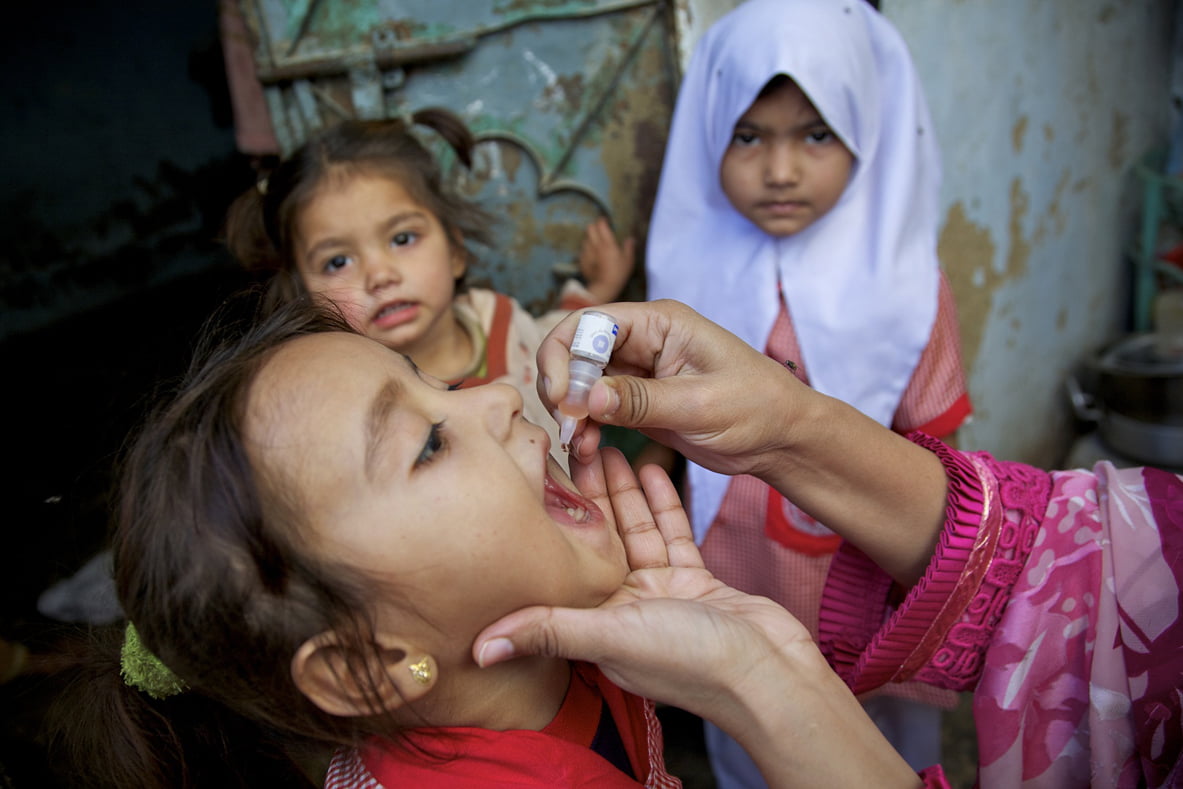Globally, children have a greater chance of survival than ever before. Yet because of growing inequality, in 2017, a child under the age of 15 died every five seconds, a new UN report says, and most of those deaths were preventable.
The report published Tuesday by UNICEF, the World Health Organization (WHO), the United Nations Population Division and the World Bank Group estimated that 6.3 million children under the age of 15 died in 2017. Of those, 5.4 million died before their fifth birthday, mostly from preventable or treatable causes like complications during birth, pneumonia, diarrhea and malaria. For those between ages five and 14, injuries – especially from drowning and road traffic accidents – were the main cause of death.
Since 1990, the world has made impressive strides to reduced the mortality rate of infants and toddlers under age five by more than half. In 1990, the under-five mortality rate was 93 deaths per 1,000 live births. In 2017, it was 39 per 1,000 live births. But as the global rate drops, persistent inequalities are becoming more evident.
The report found that if a child lives in a rural area, she is 1.5 times more likely to die before she turns five than a child who lives in an urban area.
“Without urgent action, 56 million children under five will die from now until 2030 – half of them newborns,” Laurence Chandy, director of data, research and policy at UNICEF, said in a press release. “We have made remarkable progress to save children since 1990, but millions are still dying because of who they are and where they are born. With simple solutions like medicines, clean water, electricity and vaccines, we can change that reality for every child.”
Unsurprisingly, regional inequalities exists as well. A third of the children who died in 2017 before they turned five were in southern Asia. Half were in sub-Saharan Africa – or one in 13. Compare that to one in 185 children in high-income countries. Children age five and older in sub-Saharan Africa are also 15 times more likely to die before their 15th birthday than their European counterparts.
As global levels of child mortality decrease, the inequality gap is widening. According to the report, 30 percent of global under-five deaths occurred in sub-Saharan Africa in 1990. In 2017 it was 50 percent. By 2050, it’s estimated to be 60 percent. Especially in regions like sub-Saharan Africa, air pollution is an major contributor to children dying before their first birthday.
The report also suggests that had mortality rates in every country been as low as the lowest country rate in the world, 95 percent of deaths before age five would not have occurred. The deaths of more than 5 million children would have been prevented just in 2017.
“More than 6 million children dying before their 15th birthday is a cost we simply can’t afford,” Timothy Evans, senior director and head of the health, nutrition and population global practice at the World Bank Group, said in a press release. “Ending preventable deaths and investing in the health of young people is a basic foundation for building countries’ human capital, which will drive their future growth and prosperity.”
The report says that 118 countries out of the 195 analyzed have already met the Sustainable Development Goals (SDG) target to reduce the rate of under-five mortality to at least 25 deaths per 1,000 live births, and 26 more countries are expected to meet that target by 2030 if they sustain current trends. But the other 51 countries – two-thirds of which are in sub-Saharan Africa – need to speed up progress if they want to hit the target by 2030. Thirty of them need to more than double how fast they’re reducing child mortality.
But, the report says, if every country can hit the SDG target by 2030, the lives of nearly 10 million children under the age of five can be saved.
